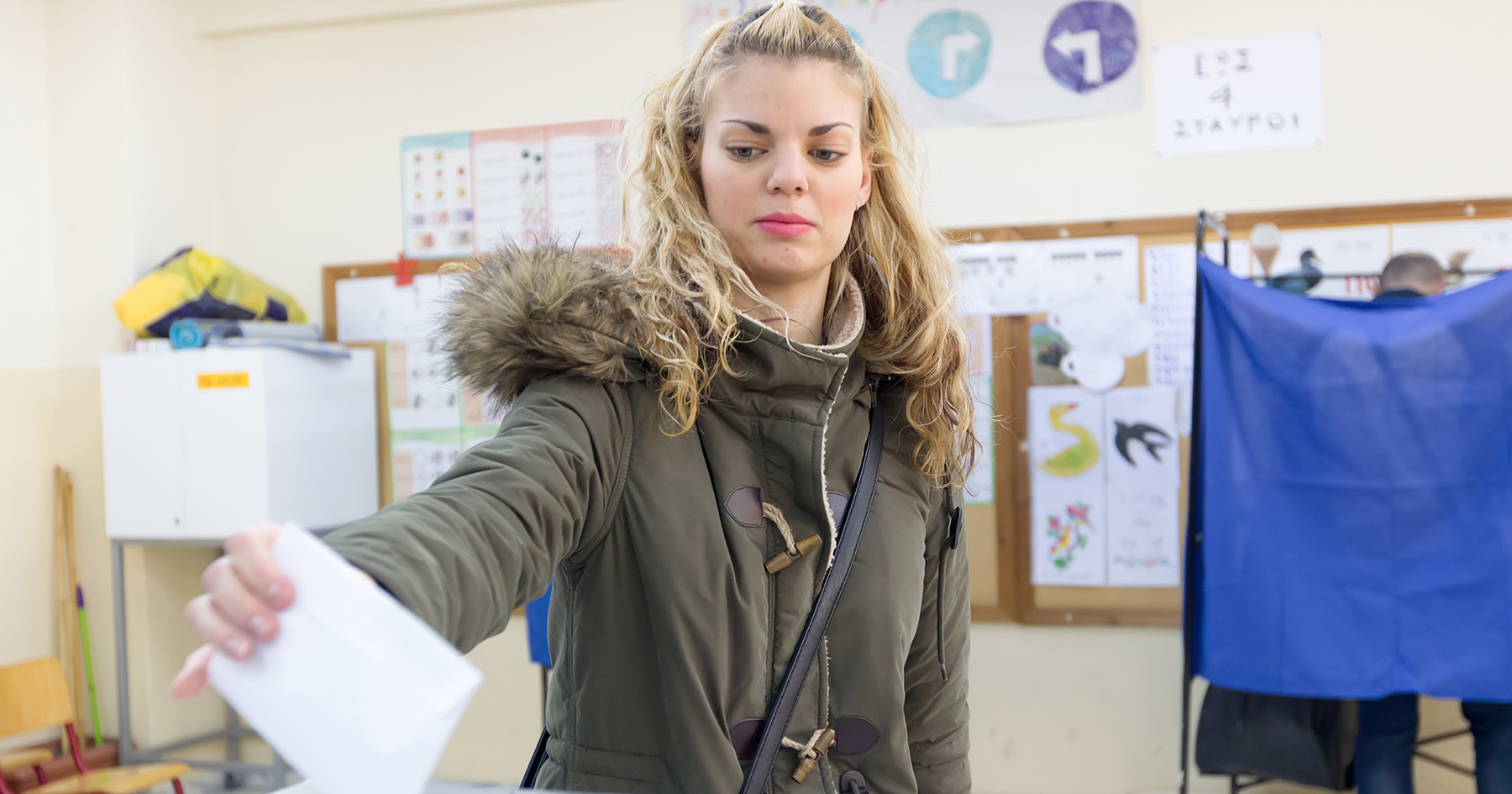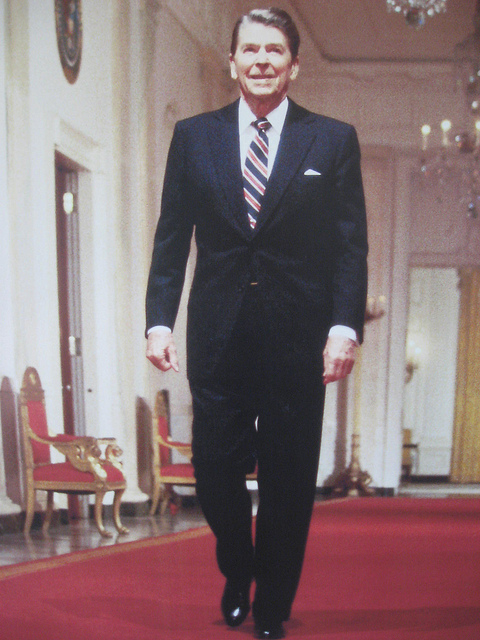It's Time to Debunk a Myth About Students and Voting
By:
It's time to debunk one of the many faulty assumptions about the 2016 election: young Americans stayed in their dorm rooms rather than heading outside to vote.

Apathy on behalf of students towards the democratic process may be the stereotype—but increasingly, it’s not the reality. The conventional wisdom in American politics is that, compared to older generations, young people on college campuses exhibit a lack of trust in the process and don’t vote. With civil discourse strained and a country divided, “the young are passionate, opinionated, and barely aware,” as a The Economist magazine put it a few years ago.
In fact, student participation improved by 7 percent in 2016, compared to the presidential election in 2012, according to a new study from Tufts University and the National Study of Learning, Voting, and Engagement (NSLVE). Put another way, more than 350,000 additional students voted in 2016 than 2012. The NSLVE study is as significant as it is sweeping: it analyzed voting rates of nearly 10 million active students attending more than 1,000 institutions of higher education across all 50 states—roughly half of all college students in the country. Among the findings was increased voting rates among Latino and Asian-American students. And while older students in the NSLVE data set were more likely to vote, the participation rate of the youngest group of college students increased notably by 4 percent over 2012.
As a Democratic State Senator in Massachusetts and a Republican State Assemblyman in California who lead our states' Millennial Caucuses, and as former classmates who met on a college campus where we developed a shared passion for public service that transcends party, we are encouraged by these findings. If millennials—a generation that surpassed Baby Boomers in terms of size in 2016—continue to vote, we will emerge as a potent force in American politics that elevates issues important to young people like housing costs, college affordability, and the country’s debt to the top of the agenda.
Yes, the country is divided, and so are young voters, who split roughly evenly across the ideological spectrum. But engaging young voters is a nonpartisan cause, and we can come together as Democrats and Republicans to help young Americans participate in American democracy. Student engagement in the democratic process is critical if our country is to tackle its most pressing challenges, think long-term, and continue to stand for freedom on the world stage. Because as President Ronald Reagan famously said, “Freedom is never more than one generation away from extinction. We didn’t pass it to our children in the bloodstream.”
 JBrazito - flickr.com
JBrazito - flickr.com
Across the country, there is a new energy to make improvements on campuses: colleges and universities have been taking action to increase student voting rates and informed citizenship in recent years. Northwestern University is a prime example. When the freshman class of 2021 arrived on campus this Fall, just 39 percent were registered voters. But by the end of the first day of class, voter registration was at a staggering 96.4 percent. How? The school integrates voter registration into move-in day. Because of Northwestern’s Center for Civic Engagement’s programs, registering to vote becomes as routine for new students as unpacking extra-long twin sheets for their dorm rooms.
In the Big Ten, Conference Presidents have joined together for the Big Ten Voting Challenge, a competition that seeks to increase voter registration and participation on campuses. It’s a bipartisan group including former Republican Governor Mitch Daniels (President of Purdue University) and former Acting U.S. Secretary of Commerce under President Obama, Rebecca Blank (Chancellor of University of Wisconsin-Madison). The Southern Conference is also running competitions to award schools with the highest and most improved voter participation. And on October 19th the ALL IN Campus Democracy Challenge is hosting an awards ceremony in Washington, D.C. to honor college campuses, and individuals on those campuses, that are leading the way to increase student voting rates.
Still, there’s work to be done. Younger Americans continue to have the lowest voting rate of any age group, according to Pew Research Center. We can do better. And any voter outreach efforts must be coupled with a renewed focus on civic education in our schools, so students can start learning how democracy actually works and develop the values and habits of citizenship before they reach voting age.
More than fifty years ago, President Harry S. Truman commissioned a study on higher education, finding that civic education is the foundation of liberty, and stating that, “Without an educated citizenry alert to preserve and extend freedom, it would not long endure.”
It’s now on us to come together, encourage civic engagement, and ensure that we “preserve and extend freedom” in our country for generations to come.
Senator Eric P. Lesser is a Democrat representing the First Hampden & Hampshire District in Western Massachusetts and previously worked as an aide in the Obama White House. When he was first elected at 29 years-old in 2014, Senator Lesser was the youngest member of the Massachusetts State Senate.
Assemblyman Kevin Kiley represents California's Sixth Assembly District, near Sacramento. Formerly a high school teacher, Assemblyman Kiley is the state's youngest Republican Legislator.
